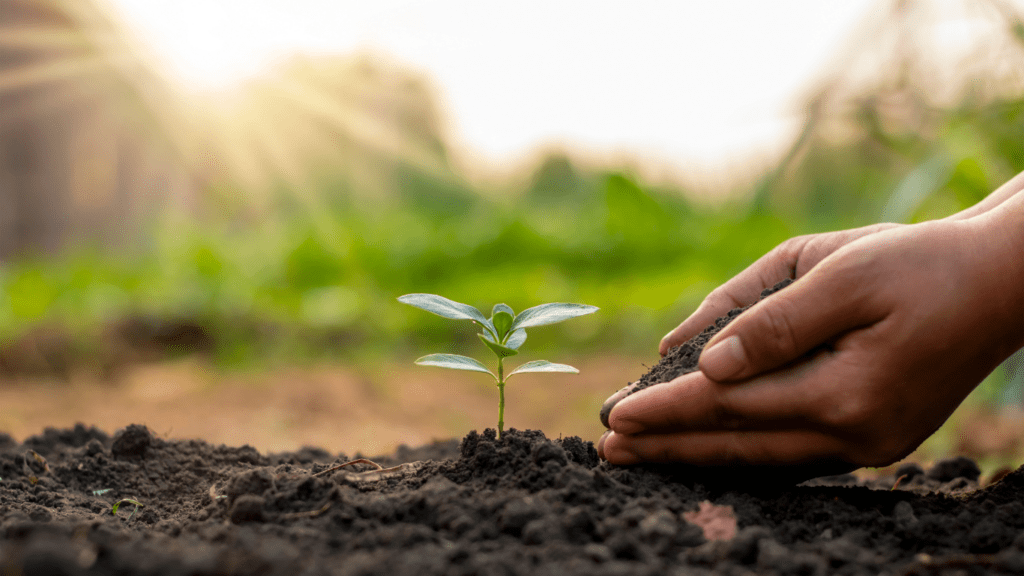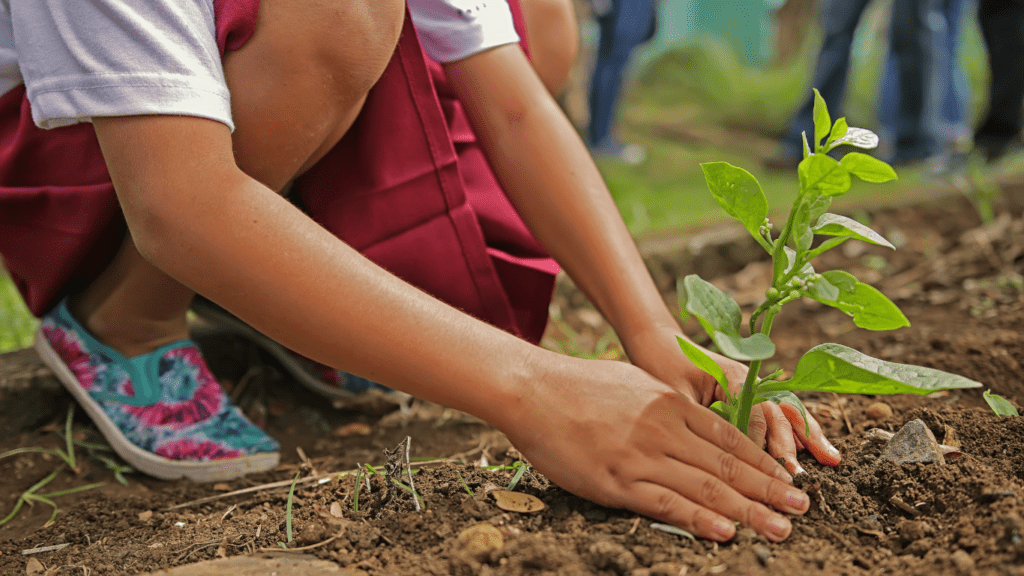Urban tree planting initiatives are more than just adding greenery to city landscapes; they play a vital role in creating healthier and more sustainable urban environments. As an advocate for environmental conservation, I’ve witnessed firsthand the transformative impact of these initiatives on communities.
In this article, I’ll delve into the numerous benefits of urban tree planting initiatives, from improving air quality and reducing urban heat island effects to enhancing overall well-being for residents. Through my experience and research, I’ll highlight the positive effects that trees have on mental health, property values, and biodiversity in urban settings.
Join me as we explore the significant advantages of investing in urban tree planting initiatives and how they contribute to building greener, more resilient cities for generations to come.
The Importance of Urban Tree Planting
Urban tree planting plays a crucial role in enhancing our urban environments in various ways. By strategically planting trees in cities, we can unlock numerous benefits that contribute to a healthier and more sustainable future for urban dwellers. Let’s explore some key advantages of urban tree planting initiatives.
Improving Air Quality
I strongly believe that urban tree planting is a powerful tool in improving air quality. Trees act as natural filters, trapping harmful pollutants such as carbon dioxide, sulfur dioxide, and particulate matter. Through the process of photosynthesis, trees absorb carbon dioxide and produce oxygen, thereby helping to clean the air we breathe. In urban areas where air pollution is a significant concern, planting trees can make a tangible difference in reducing pollution levels and creating a healthier environment for residents.
Enhancing Urban Aesthetics
Enhancing urban aesthetics is another notable benefit of urban tree planting initiatives. Trees add beauty and greenery to concrete jungles, softening the harsh lines of buildings and pavement. The presence of trees in urban settings creates visually appealing landscapes that instill a sense of tranquility and connection to nature. Furthermore, green spaces adorned with trees offer opportunities for relaxation, recreation, and community engagement, contributing to a more livable and vibrant urban environment.
Environmental Benefits of Urban Trees
Urban trees play a vital role in mitigating environmental challenges, offering a range of benefits that contribute to a healthier and more sustainable urban ecosystem. Let’s delve into some of the key advantages they bring:
Carbon Sequestration
Urban trees play a significant role in absorbing carbon dioxide from the atmosphere through photosynthesis. This process helps in reducing greenhouse gas levels, mitigating climate change, and improving air quality in urban areas.
Temperature Regulation and Heat Reduction
The presence of trees in urban settings helps regulate temperatures by providing shade and reducing the urban heat island effect. Through transpiration and shading, trees cool the environment, creating more comfortable and livable spaces for city residents.
- Social and Health Advantages
Urban tree planting initiatives offer a range of social and health benefits that enhance the overall well-being of urban residents. - Mental Health Improvements
Urban trees play a crucial role in promoting mental well-being. Studies suggest that spending time around trees and green spaces can reduce stress levels and improve mental health. The presence of trees in urban areas provides a sense of calm and tranquility, offering residents a natural escape from the hustle and bustle of city life.
Community and Recreational Spaces
Urban tree planting creates vital community spaces for residents to gather, socialize, and engage in recreational activities. Parks and green areas with trees offer opportunities for community events, outdoor exercise, and leisure activities, fostering a sense of belonging and social cohesion among urban dwellers. Additionally, these spaces encourage physical activity and outdoor recreation, promoting a healthier lifestyle for city residents.
Economic Impact of Urban Trees
Urban tree planting initiatives not only bring about environmental and social benefits but also have a significant economic impact. Let’s delve into how these initiatives can lead to increased property values and energy savings in urban areas.
Increased Property Values
Planting trees in urban areas has been shown to increase property values. Homes and neighborhoods with well-maintained trees and green spaces are often perceived as more attractive and desirable, leading to higher property prices. Studies have indicated that urban trees can increase property values by as much as 15%. For instance, a street lined with mature trees can enhance the curb appeal of properties, making them more appealing to potential buyers.
Energy Saving Through Natural Cooling
Urban trees play a crucial role in natural cooling, which can lead to significant energy savings. By providing shade and reducing the heat absorbed by buildings and sidewalks, trees help lower the demand for air conditioning during hot seasons. This natural cooling effect can result in reduced energy consumption, lower utility bills, and decreased greenhouse gas emissions. In fact, strategically planted trees around buildings can lower energy costs for cooling by up to 30%. As a result, urban areas with ample tree cover can enjoy lower energy expenses and contribute to overall energy conservation efforts.
Challenges in Urban Tree Planting
When considering urban tree planting initiatives, several challenges need to be addressed to ensure successful implementation.
Space Limitations and Urban Planning
In urban areas, space constraints pose a significant challenge to tree planting initiatives. With limited open areas and dense infrastructure, finding suitable locations for planting and ensuring the long-term growth of trees can be a hurdle. Urban planners play a crucial role in integrating tree planting into city development plans to optimize available spaces and promote green infrastructure.
Maintenance and Care
Another critical challenge in urban tree planting is the ongoing maintenance and care required to ensure the health and longevity of the planted trees. Adequate watering, pruning, and protection from pests and diseases are essential components of tree care. Securing the necessary resources, such as manpower and funding, for regular maintenance becomes crucial to support the growth and survival of urban trees.

 Jameser Knowlesicker is the visionary founder of the project, passionately advocating for urban agriculture and sustainability. His commitment to transforming city landscapes into vibrant green spaces led him to create a platform that disseminates the latest news and trends in urban farming. Jameser focuses on promoting eco-friendly practices and products, emphasizing the health benefits of growing one’s own food. Under his leadership, the project has become a vital resource for urban gardeners and sustainability enthusiasts, inspiring collective efforts to foster environmental sustainability and enhance urban life.
Jameser Knowlesicker is the visionary founder of the project, passionately advocating for urban agriculture and sustainability. His commitment to transforming city landscapes into vibrant green spaces led him to create a platform that disseminates the latest news and trends in urban farming. Jameser focuses on promoting eco-friendly practices and products, emphasizing the health benefits of growing one’s own food. Under his leadership, the project has become a vital resource for urban gardeners and sustainability enthusiasts, inspiring collective efforts to foster environmental sustainability and enhance urban life.